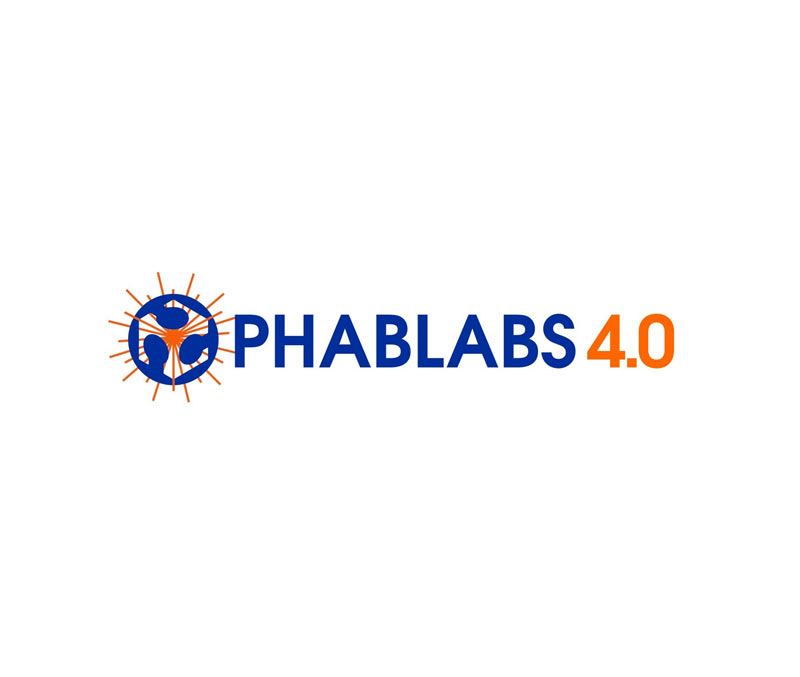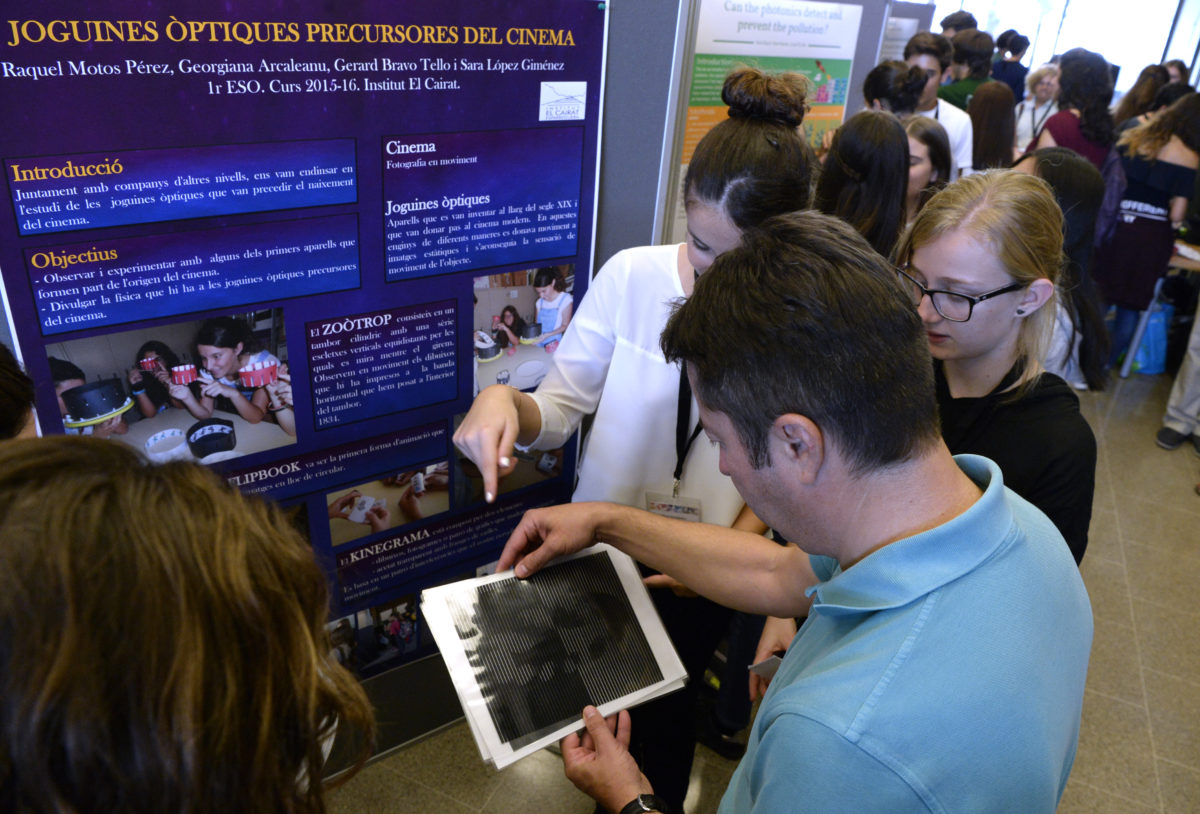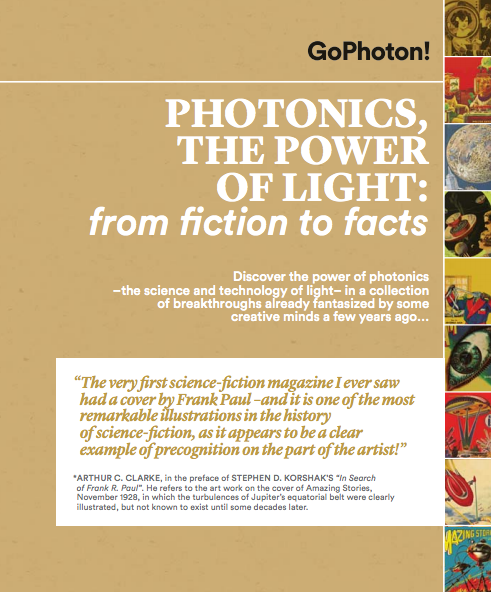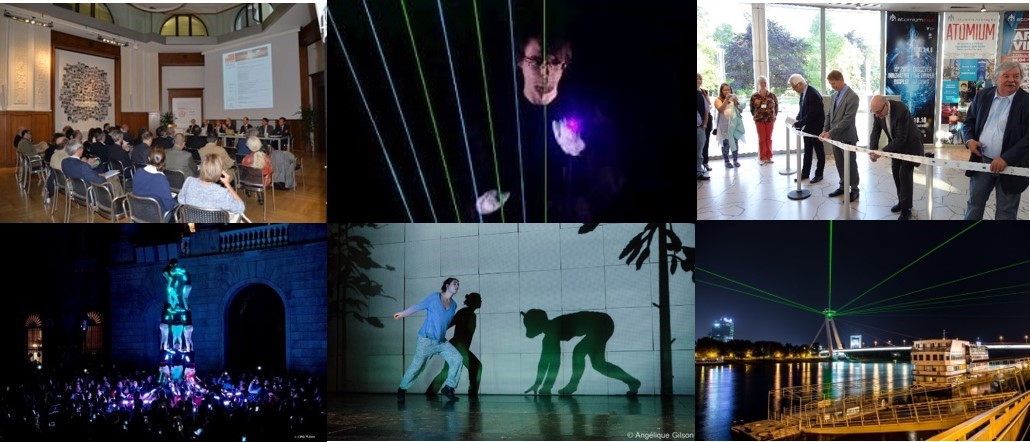Coordinated by ICFO, a consortium of 11 partners gathered last week in Barcelona to kickstart this new initiative that aims, in coordination with industry and academia, to encourage young students and professionals to pursue careers in photonics.
CARLA aims to boost the numbers of students and young researchers pursuing careers in photonics, to encourage innovation and entrepreneurship and to empower diversity.
Photonics has proven to be an essential ingredient in our modern world. Due to its unique properties, light has emerged as a core element of daily products and technologies such as smartphones, laptops, the Internet, medical instruments, industrial production technologies and telecommunications, to name a few. Considered a Key Enabling Technology (KET) for Europe’s future prosperity by the European Commission, it is calculated that 20-30% of the entire economy and 10% of the workforce in Europe is already linked to the field of photonic technologies1. Nevertheless, a shortage of skilled employees in Europe is hampering the growth prospects of companies as well as the continent’s economy2.
Bearing this in mind, last week a consortium of 11 European partners launched CARLA – the European Photonics CAReer LAunch Path. CARLA is a 2-year H2020 EU funded project that will develop a training/educational program for European photonics career camps to encourage STEM (Science Technology Engineering & Mathematics) university students, PhD students and young postdocs to pursue their careers in photonics. The goal of CARLA is to create a rigorous, tested and easily reproducible tool to support growth, leadership and innovation potential in photonics at the European level.
CARLA will build its camp program by working hand-in-hand with all its stakeholders, including industry, academia, entrepreneurs, policymakers, HR and training experts as well as potential targeted audiences, such as university students and young researchers, all of whose inputs will be crucial in the development of a model camp. The methodology and scalability of this model camp will be evaluated through 11 CARLA camp editions across Europe, creating a comprehensive handbook. to facilitate the replication of the model camp in different sites, maintaining its essence, style and excellence, and creating a solid and robust CARLA brand. Organizers will strive to promote diversity in the camps and will work with international experts in the field to document best practices and lessons learned in the handbook.
The CARLA camps will be directed to university students and young researchers from photonics and non-photonics fields. It will allow them to have a glimpse of the vast opportunities that the photonics careers landscape may offer and provide them with a roadmap for better employability. CARLA aims to boost the numbers of students and young researchers pursuing careers in photonics, to encourage innovation and entrepreneurship and to empower gender diversity.
The project will also create an online structure based on social media channels to enable further networking and exchange of information across all communities beyond the actual camps.
CARLA is an initiative carried out by ECOP (European Centres for Outreach in Photonics), a long-standing consortium of European research and innovation centres passionate about outreach in photonics. The CARLA consortium has gathered leading photonics organizations with extensive experience in the coordination of outreach activities directed to different audiences. The consortium includes the following partners: ICFO (Coordinator, Barcelona), Photonics Austria (PA – Weiz), Max Born Institute (MBI – Berlin), Politecnico di Milano (POLIMI – Milan), Institut d’Optique (IOGS – Bordeaux, Palaiseau), International Laser Centre (ILC – Bratislava), Vrije Universiteit Brussel (VUB – Brussel), Delft University of Technology (TUD – Delft), Photonics Sweden (PS – Kista), Southern European Cluster in Photonics and Optics (SECPhO – Barcelona) and SwissPhotonics (VSLP – Wollerau).
- 1 Jobs and Growth in Europe –Realizing the Potential of Photonics, Photonics21, 2017;
- 2 Building a better Working Europe, EY, 2018







